For National Lab Day 2019, the Applied Fluid Mechanics Lab hosted groups of high school students from Deer Creek High School and Oklahoma Virtual Charter Academy. Students were introduced to bio-inspired engineering design, and had the opportunity to participate in hands-on activities involving scale modeling, insect flight, and crustacean swimming.
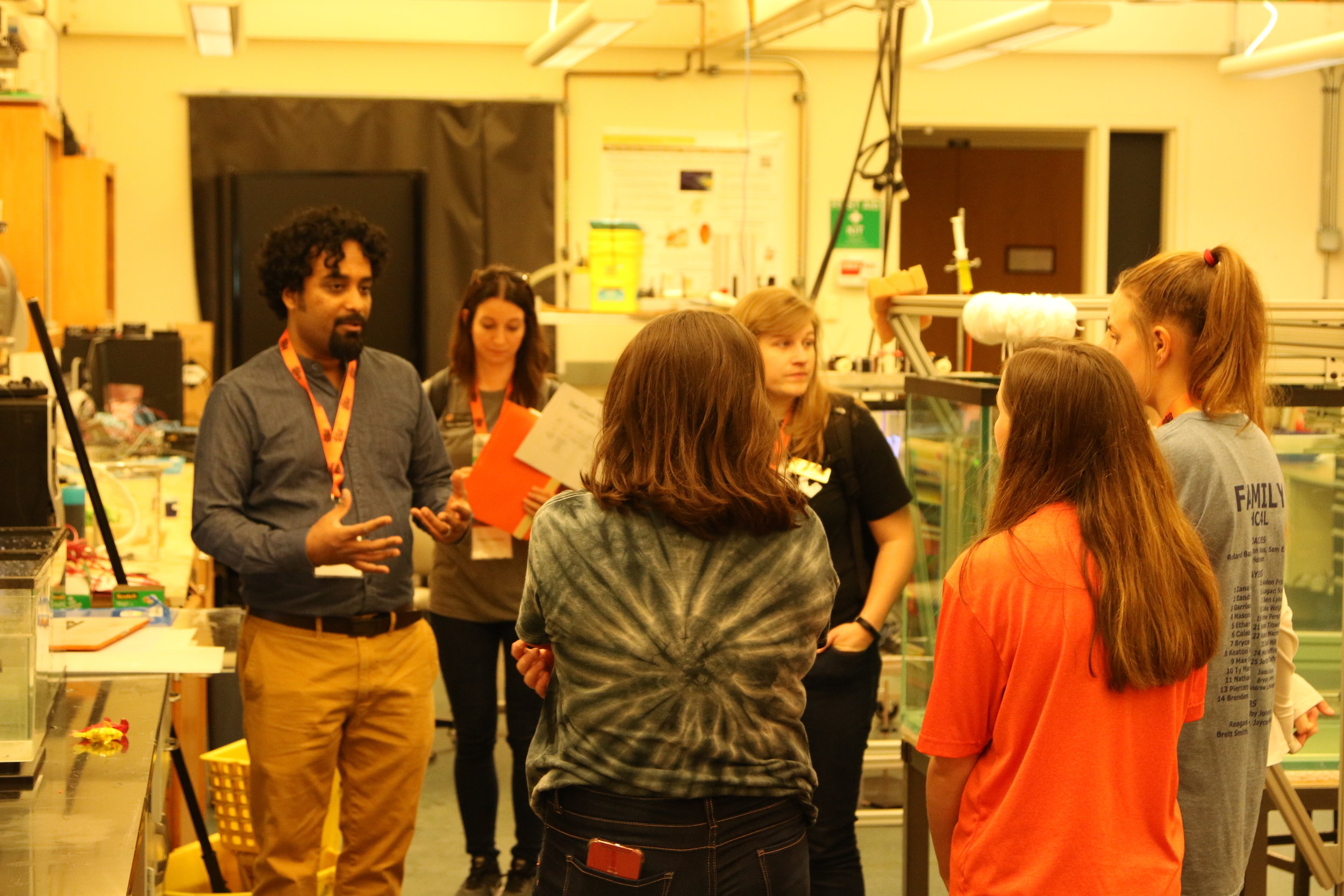
Dr. Santhanakrishnan discussing bio-inspired design with students from Deer Creek High School
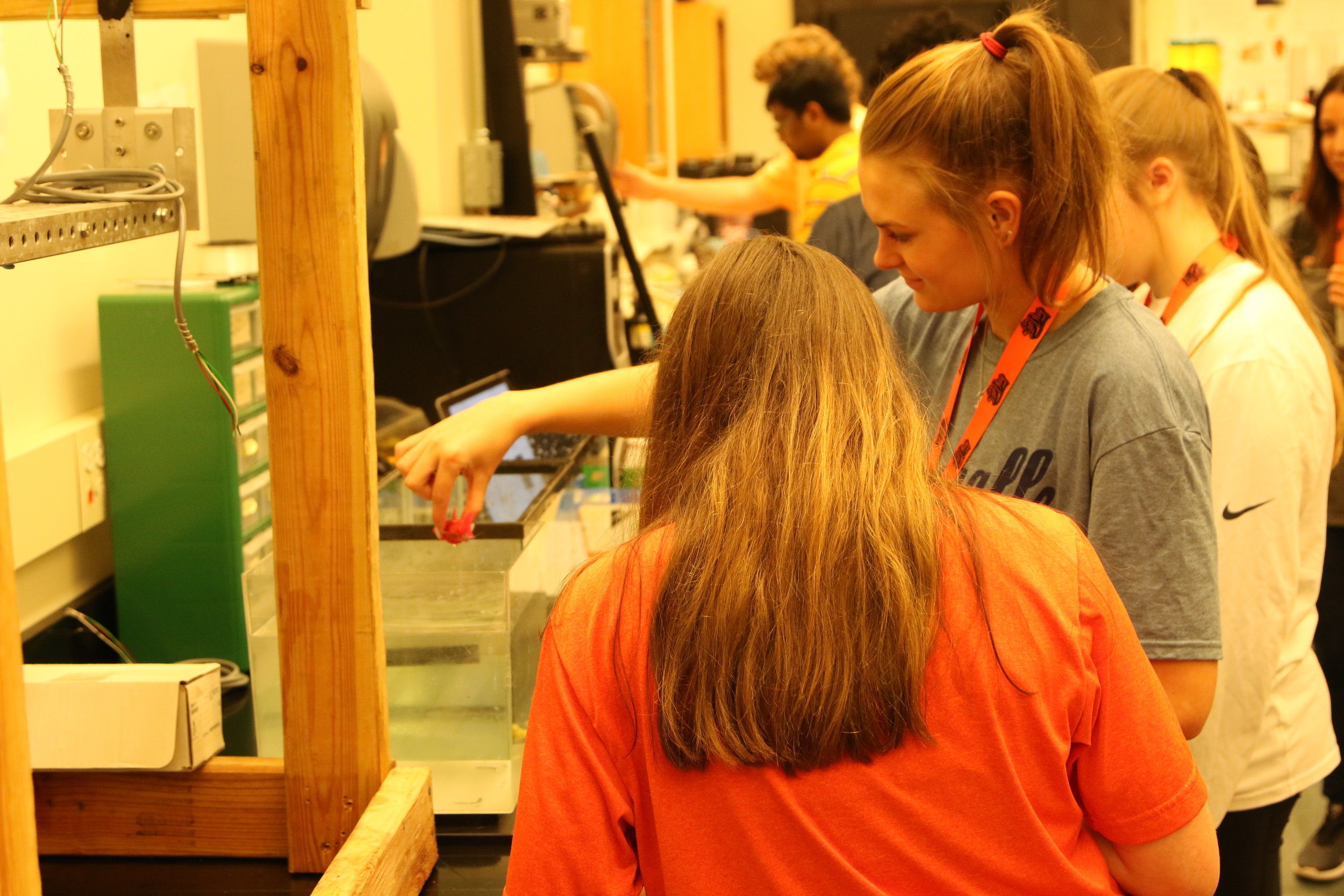
Using toy sharks to demonstrate how viscosity affects swimming performance
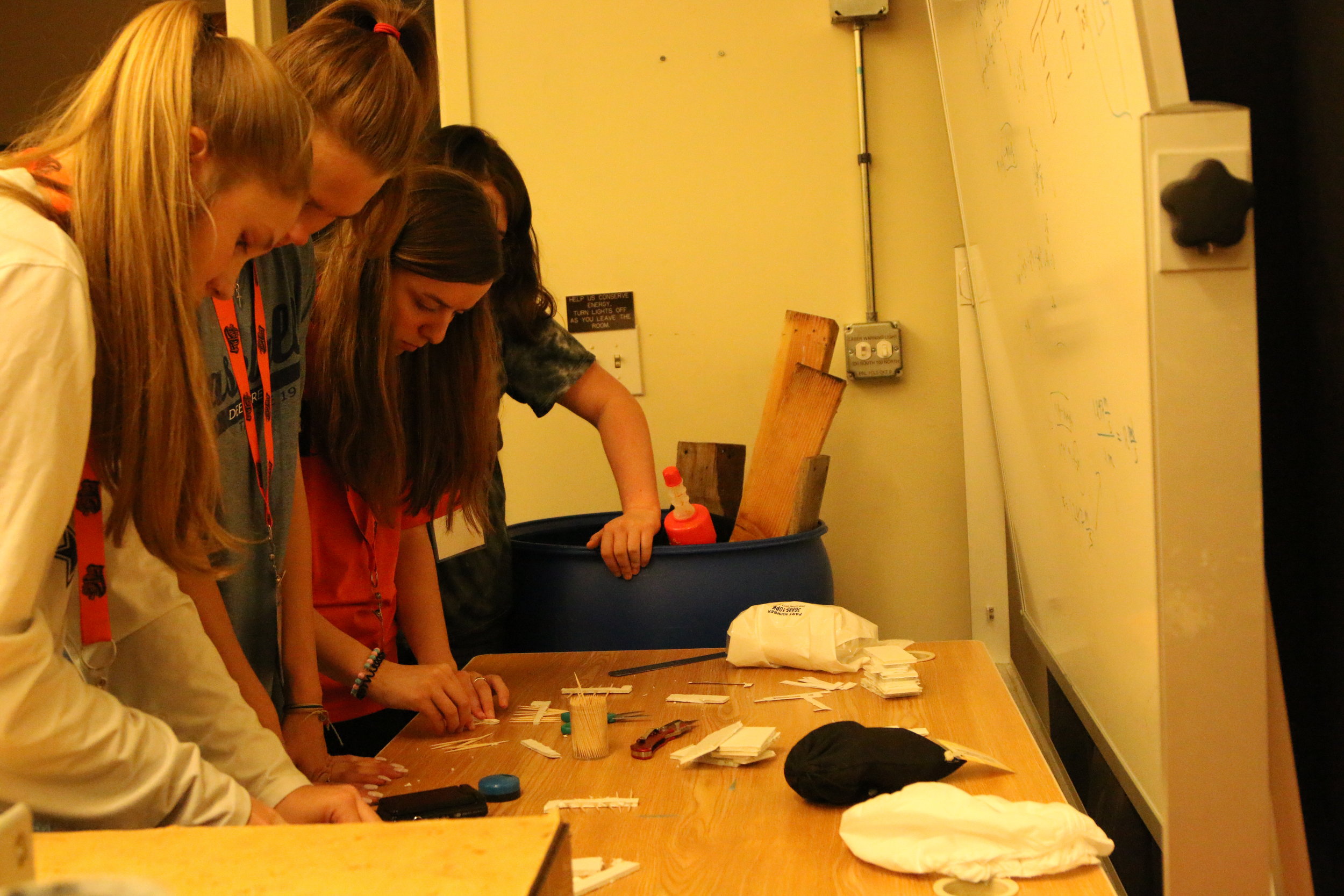
Students making model Thrips wings to study insect flight
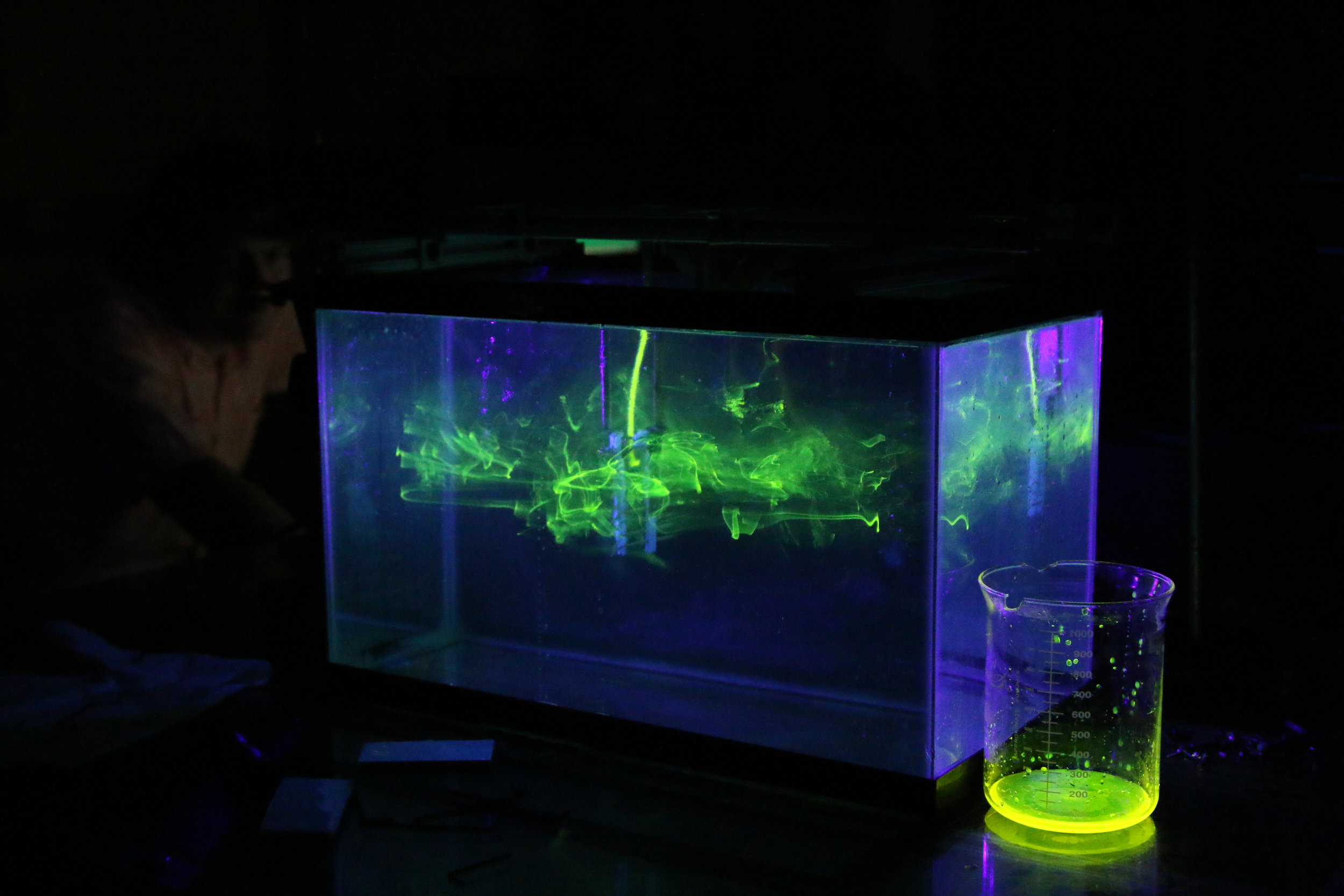
Flow visualization using florescent dye
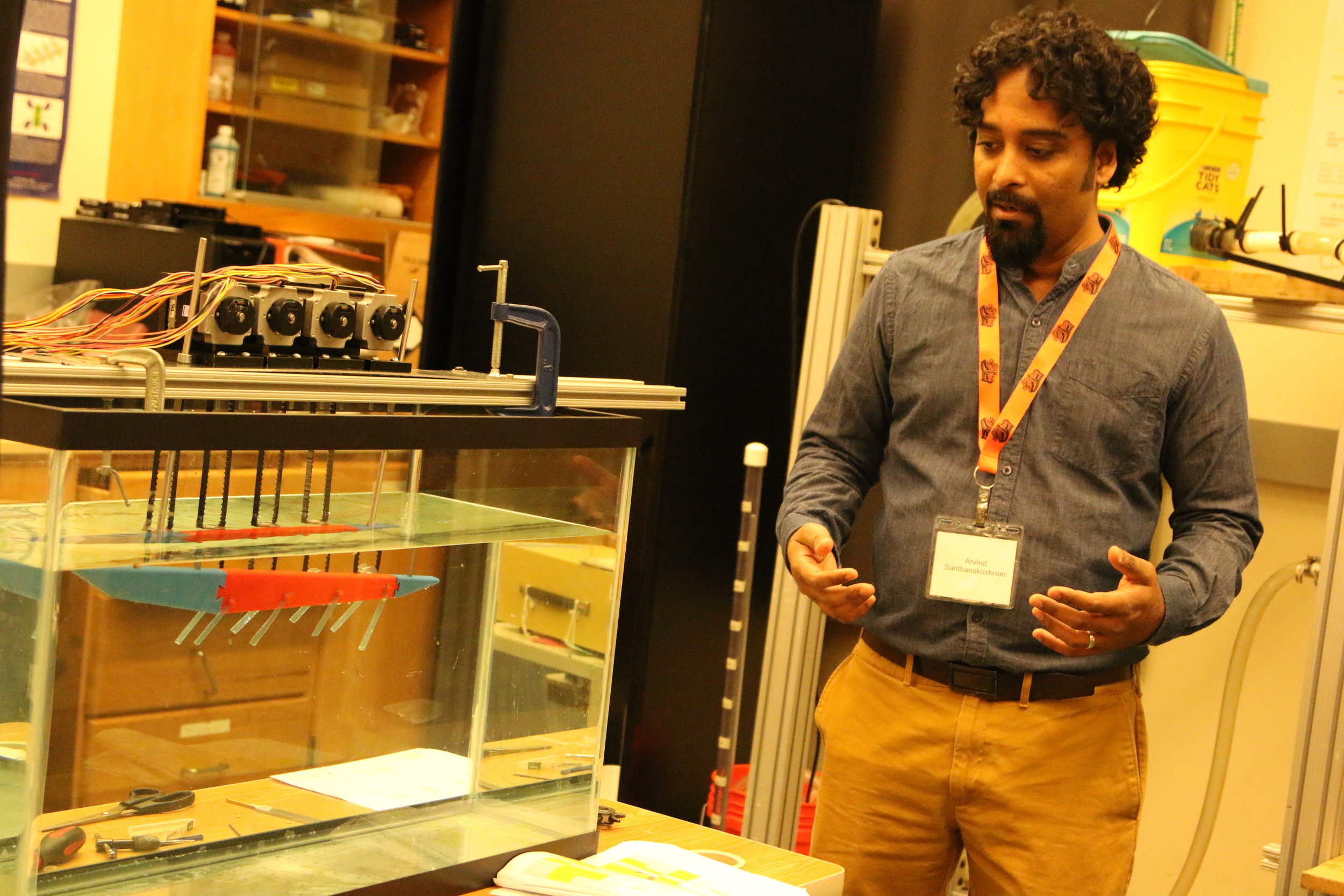
Dr. S explaining the unique swimming strategy used by krill and shrimp

Students watching a demonstration of the “krillbot”
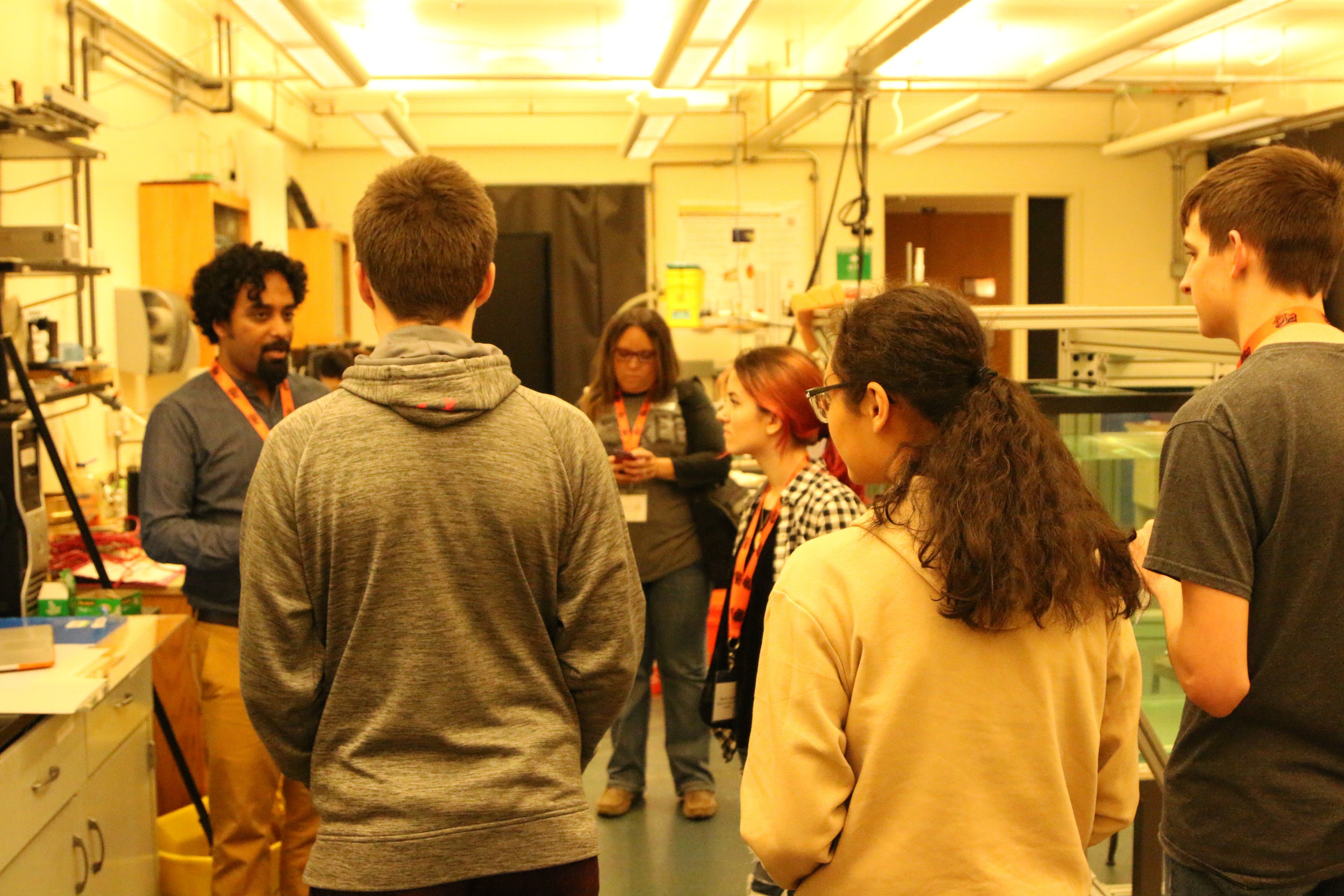
Dr. S. discussing bio-inspired engineering with students from the Oklahoma Virtual Charter Academy
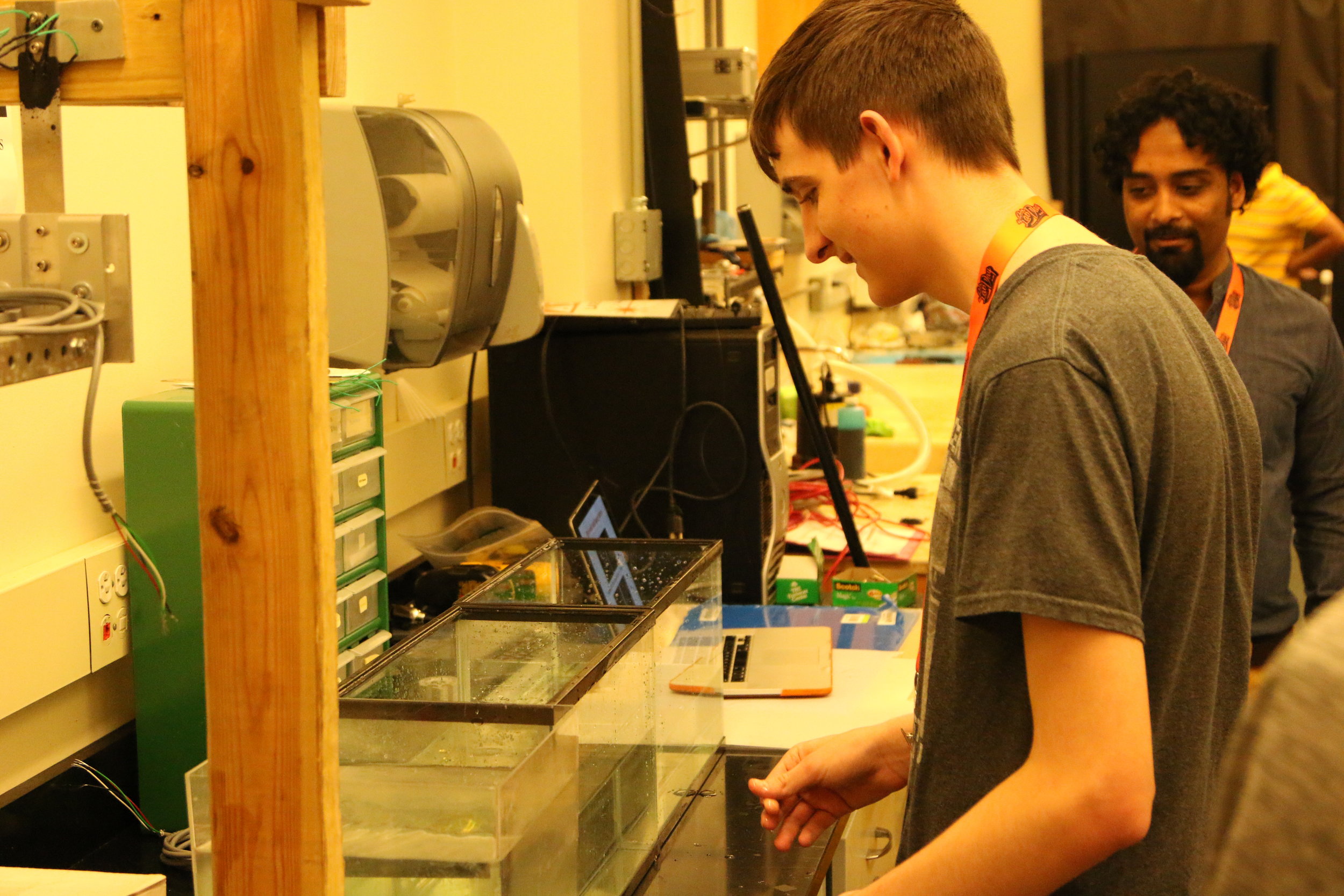
Demonstration of how viscosity influences swimming ability — explaining why zooplankton must use different swimming strategies than larger marine organisms

Students making model Thrips wings to test on the insect flight platform
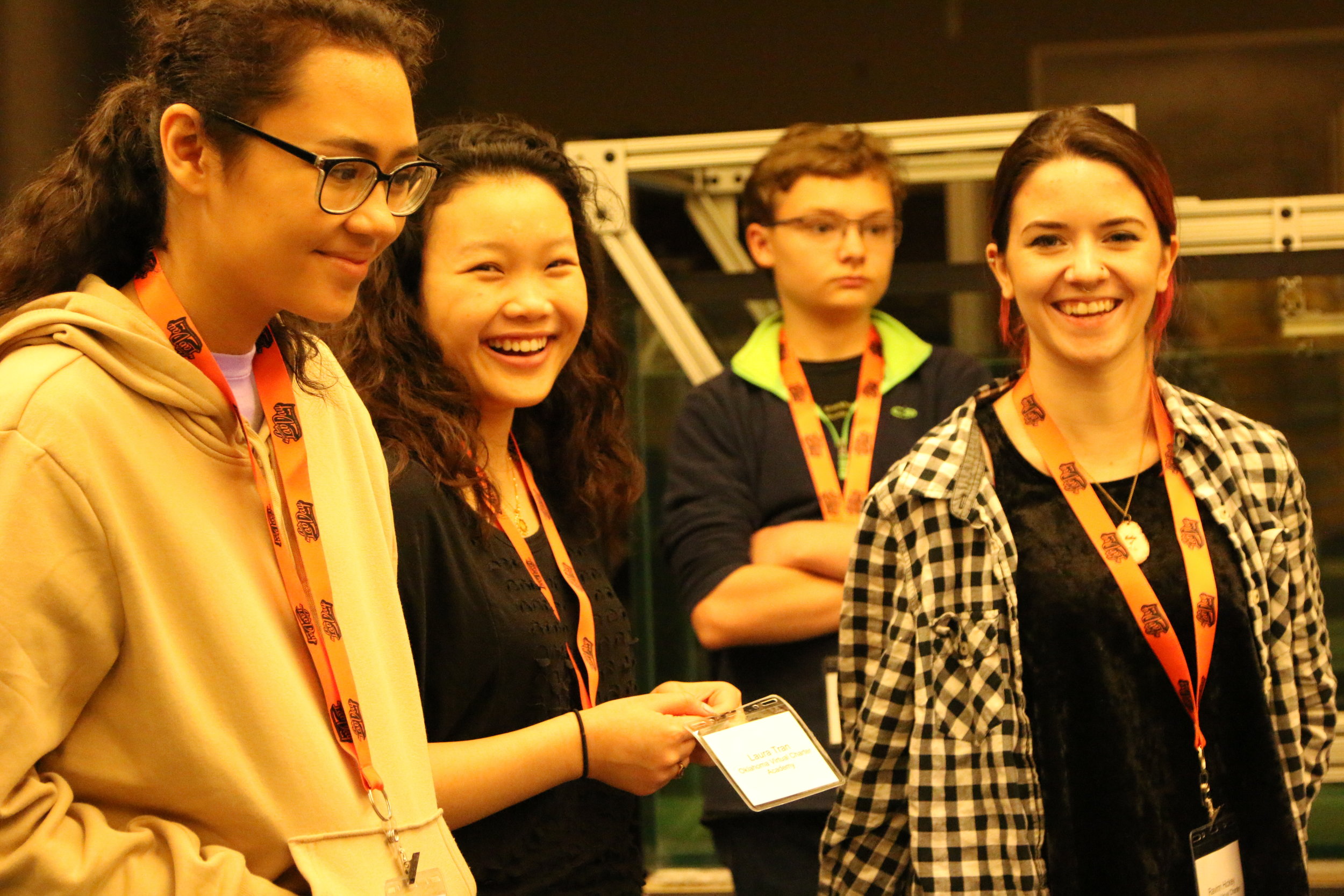
Students enjoying visiting research labs on National Lab Day
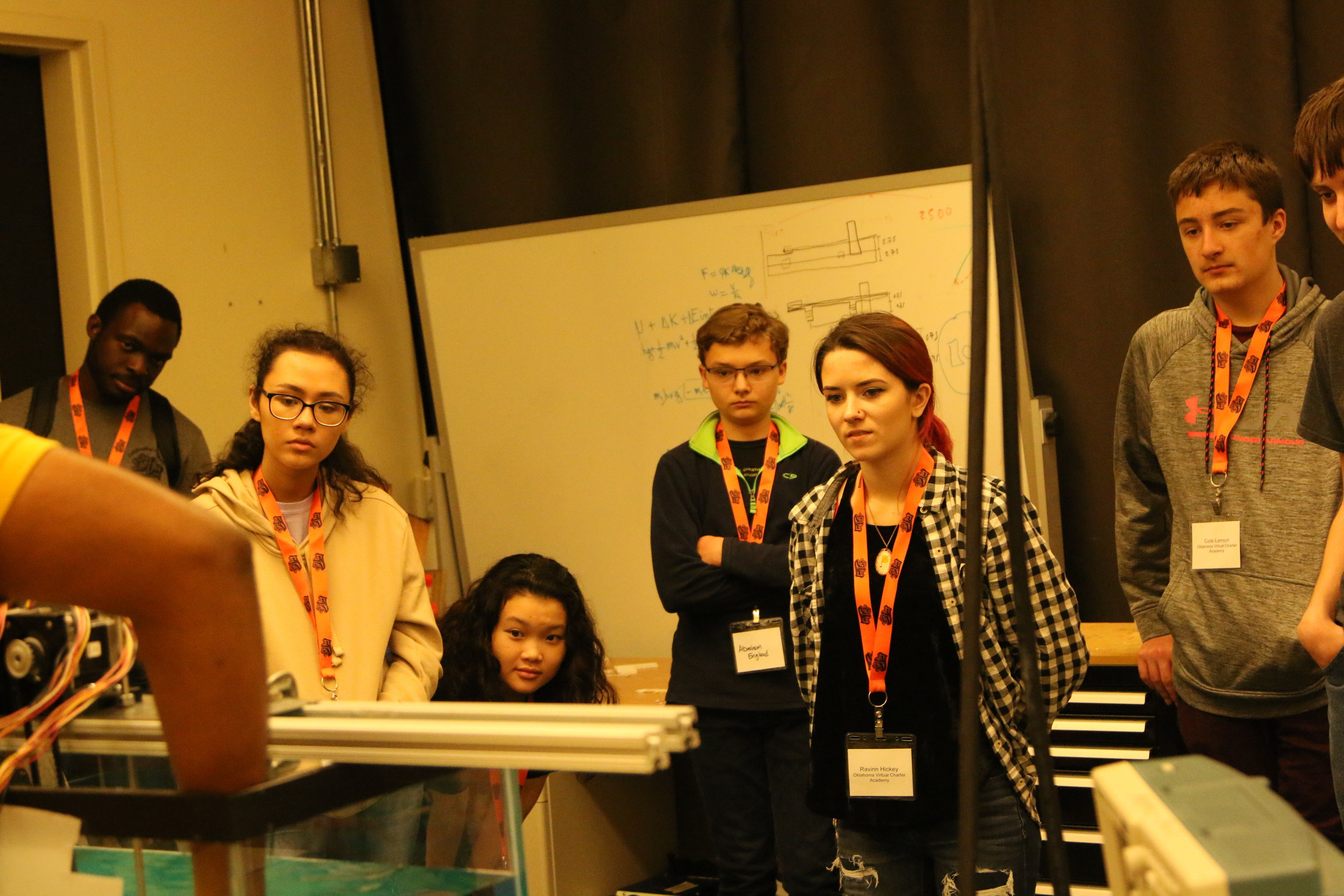
Students watching a demonstration of the “krillbot”

Students watching a demonstration of the lab’s helicopter model
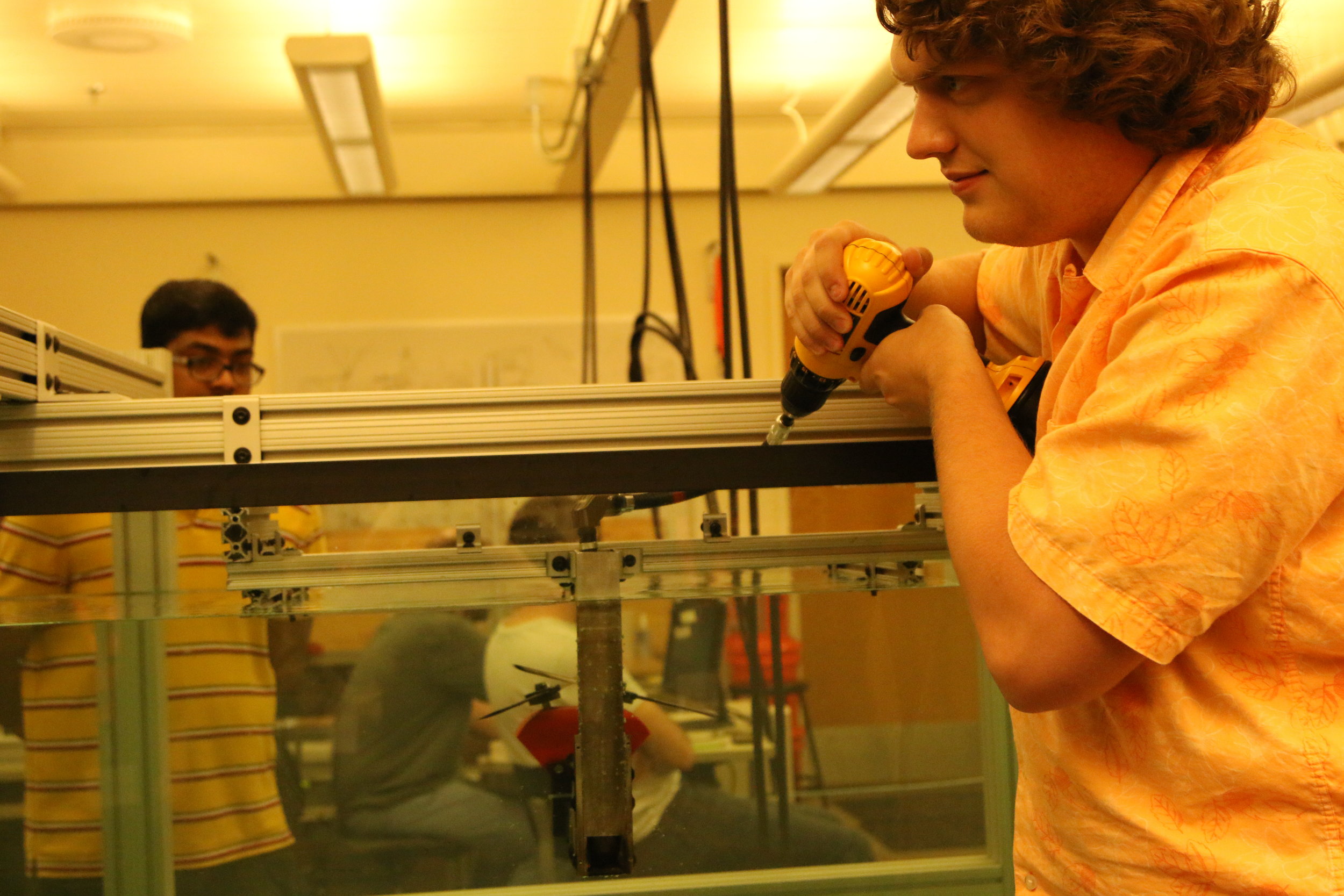
Mitch demonstrating the helicopter model for visiting students




